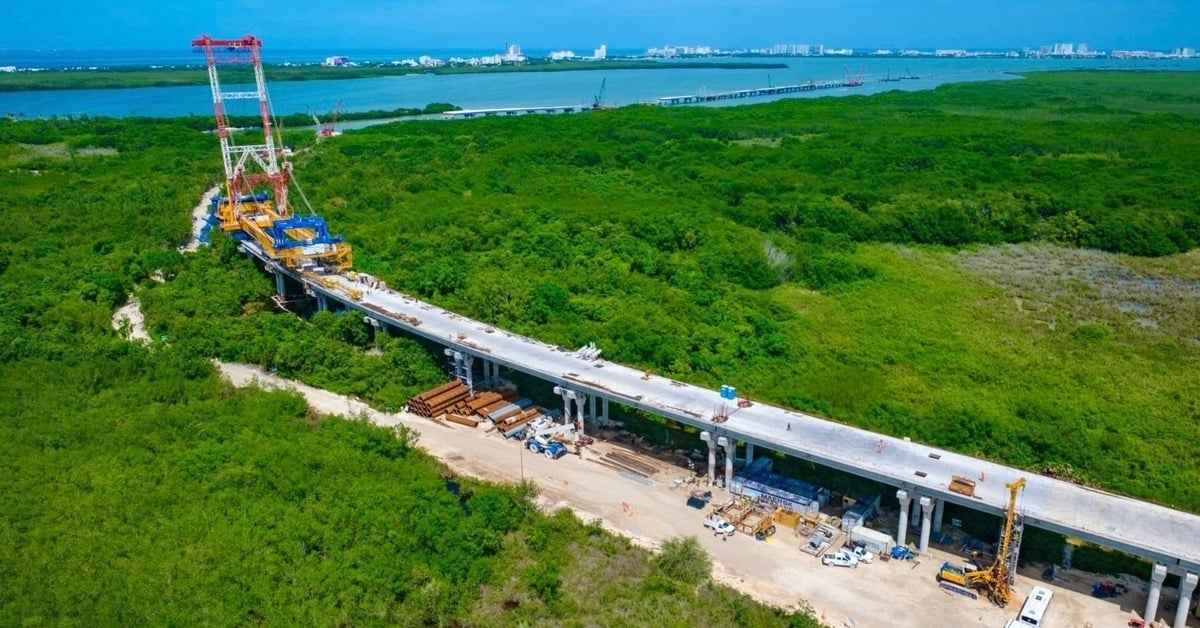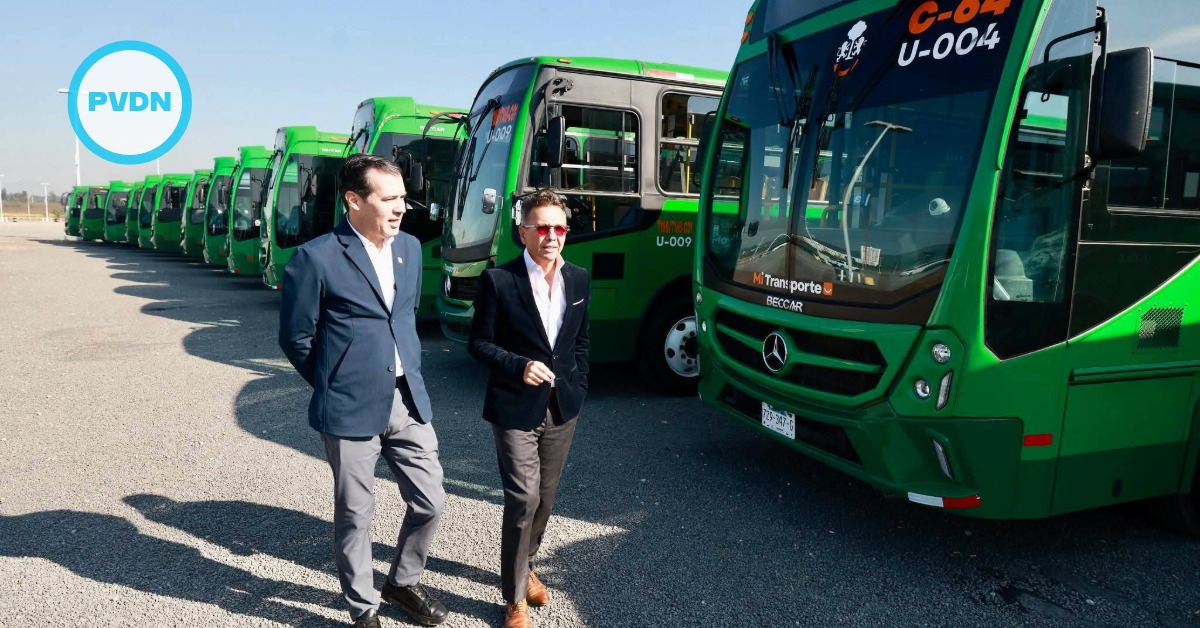Cancún, Quintana Roo - President Claudia Sheinbaum is expected to inaugurate the Nichupté Bridge in Cancún before the close of 2025, according to local reports. The announcement signals a final push to complete one of Quintana Roo’s most anticipated mobility projects, designed to improve connectivity across the Nichupté Lagoon.
The bridge, a key federal infrastructure initiative, will connect Cancún’s hotel zone with mainland areas, offering an alternative to Boulevard Kukulcán and reducing travel times during peak hours. The project has been promoted as both a traffic solution and . . .






